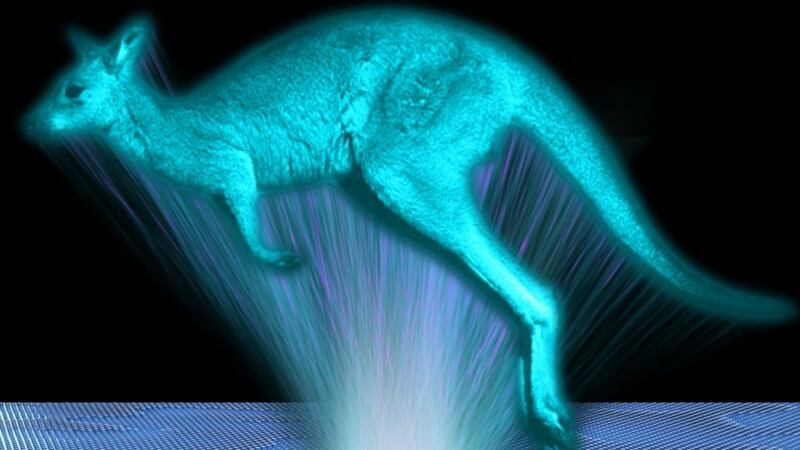A team of physicists are on the verge of making your science fiction dreams come true.
Researchers at the Australian National University (ANU) say they have been able to create high-quality, Star Wars-style holographic images, thanks to a device they invented using millions of tiny silicon pillars.
The pillars are 500 times thinner than a human hair and are able to capture light directed at it and reproduce it in 3D. Standard photographs and computer monitors are only able to display information in 2D.
Lead researcher Lei Wang said: “As a child, I learned about the concept of holographic imaging from the Star Wars movies.
“It’s really cool to be working on an invention that uses the principles of holography depicted in those movies.”
Wang and co-lead researcher Dr Sergey Kruk believe the possibilities are endless with this technology.
Kruk said: “This new material is transparent, which means it loses minimal energy from the light, and it also does complex manipulations with light.
“Our ability to structure materials at the nanoscale allows the device to achieve new optical properties that go beyond the properties of natural materials.
“The holograms that we made demonstrate the strong potential of this technology to be used in a range of applications.”
Wang said the technology has potential applications in astronomical missions and space optical systems.
He added: “While research in holography plays an important role in the development of futuristic displays and augmented reality devices, today we are working on many other applications such as ultra-thin and light-weight optical devices for cameras and satellites.”
The research was done partly in collaboration with the Oak Ridge National Laboratory in the US and Nanjing University in China and is published in the journal Optica.








